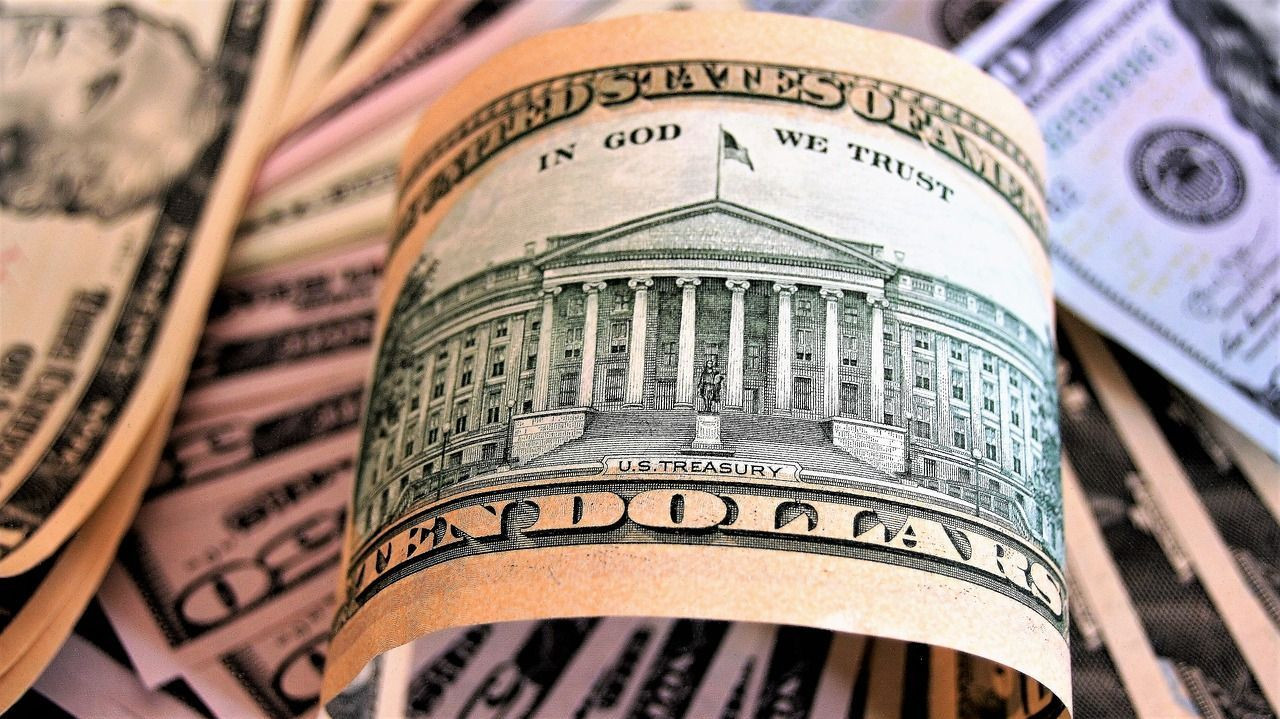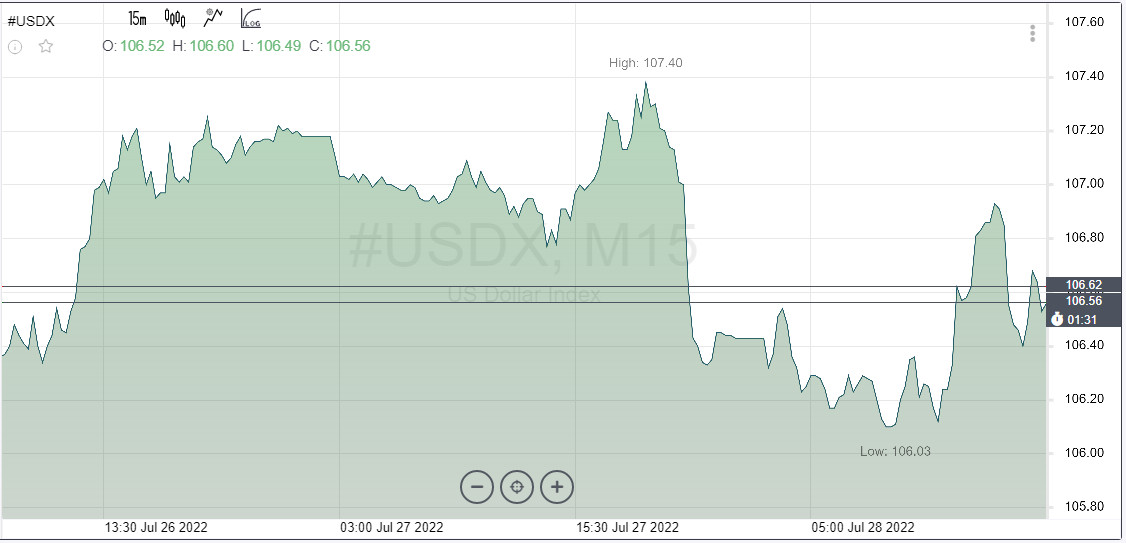
Data on the American economy was an unpleasant surprise, negative growth was recorded for the second consecutive quarter. Technically, this means a recession in the country, but is this fact recognized at the official level? It is possible that there will be a similar reaction that was shown to inflation. First, the denial of the recession, and in early 2023 it will still have to be recognized.
So, what about the indicators? The US GDP, according to the first estimate, decreased by 0.9% in the second quarter compared to the previous quarter. According to the results of the first three months of the year, the decrease was 1.6%. Of course, everything does not look as tragic in the second quarter as in the previous one, nevertheless, the fact of a negative indicator speaks for itself. Moreover, investors expected to see an increase of 0.5%.
An unpleasant surprise spoiled the mood of traders. The dollar turned down after it was able to offset most of the losses incurred amid the Federal Reserve meeting. The decline in the US currency was recorded against both the euro and the pound. Stock markets were trading higher. This was the first reaction, then the movement turned in the opposite direction. It is difficult for the markets to understand what exactly happened and what to expect from the dollar next.

BEA, which collects data on GDP, noted that economic weakness is evident in most components.
"Growth momentum is clearly waning amid headwinds such as rapid policy tightening, large cuts in real incomes and falling confidence. We see a bumpy road ahead as the central bank attempts to balance supply and demand in the economy. The risk of a recession is elevated in the second half of 2023, as rates will have to be raised further to tame inflation," HSBC commented on the situation.
It is unlikely that we will talk about aggressive rate hikes. A sharp slowdown in economic growth is likely to reinforce expectations of lower inflation in the coming months, potentially easing pressure on the Fed to pursue an aggressive policy.
Market players will now begin to roll over the prospect of phasing out the rate hike cycle. This should further support investor sentiment.
Which Path will the Dollar Take?
What to do next and what to expect from the dollar - ask American analysts.
JP Morgan is talking about a possible decline in the dollar in the future, but this does not mean the beginning of a serious reversal of the US currency. We, like other economists, are now "in data view mode," JP Morgan said.
The generally accepted definition of an economic downturn is two consecutive quarters of consecutive declines. This is not about official approval, which, in principle, as it turns out, does not exist. In this regard, no recession will be announced by the relevant services. Especially the day before, Fed Chairman Jerome Powell categorically insisted on the absence of such an economic phenomenon as a recession in the country. You see it, but in fact it is not. Something like this.
Some economists believe that the US will enter recession only when the National Bureau of Economic Research (NBER) officially announces it. The department is unlikely to come to that conclusion.
There are many new quarters ahead, and judging by what indicators are showing in general, the US economy will probably not be able to roll into positive territory in the coming months.
For the rest of the year, easing supply chain problems should support restocking and a return to positive growth, CIBC believes. However, moves by the Fed to cut rates could limit growth.
It is important for dollar traders to understand that the Fed is not done with raising rates yet, which means that the dollar rally cannot be called hopeless.





















